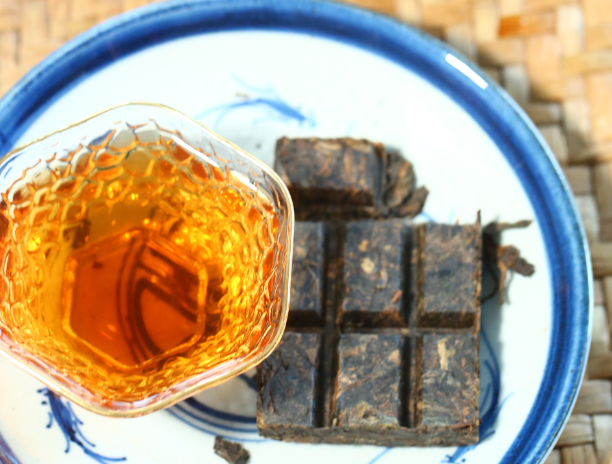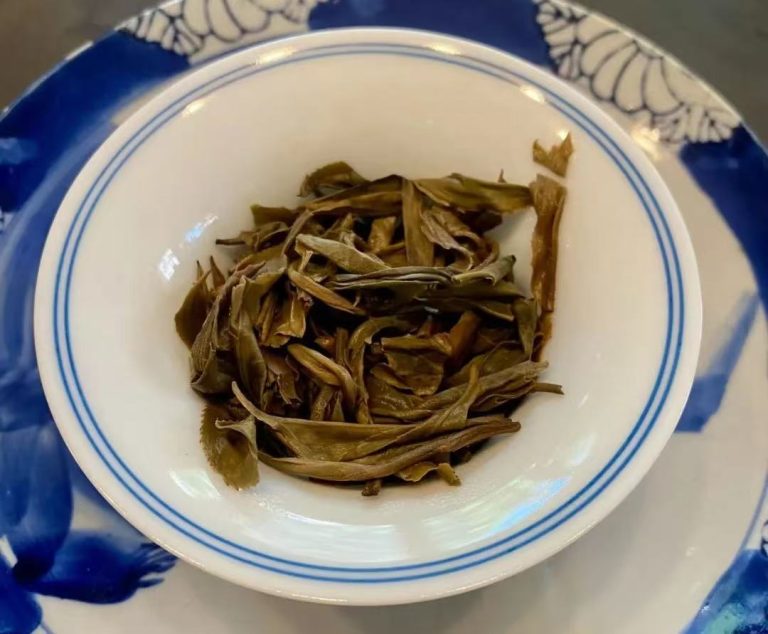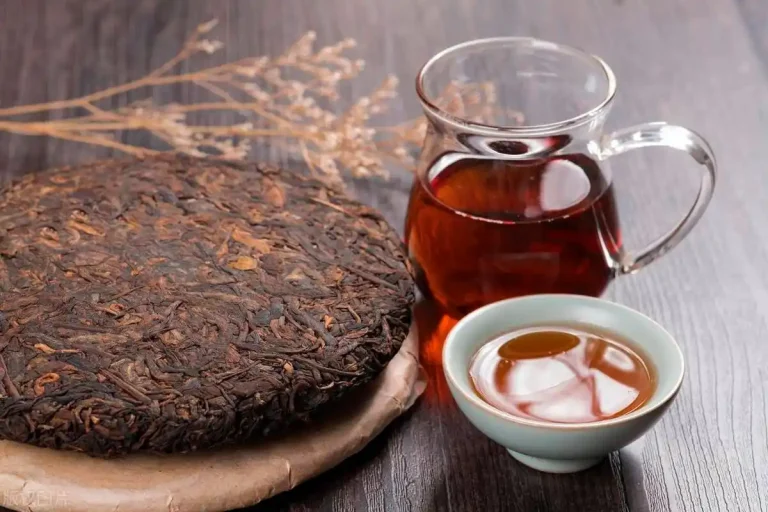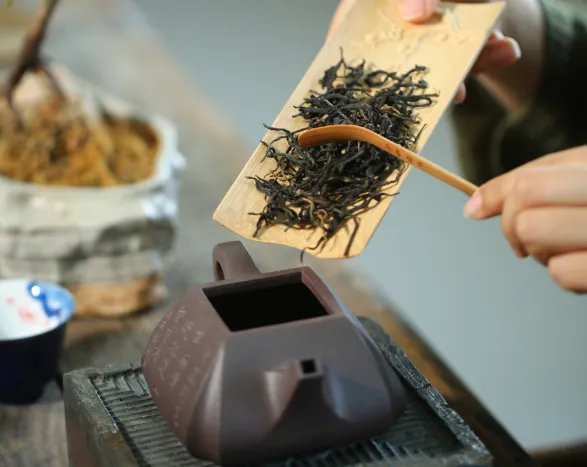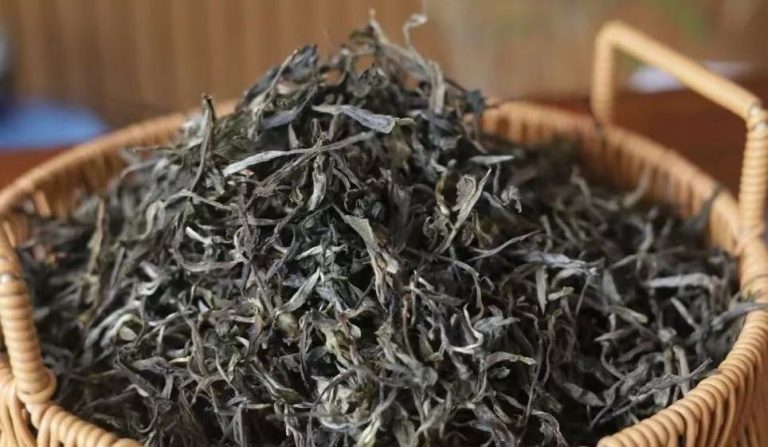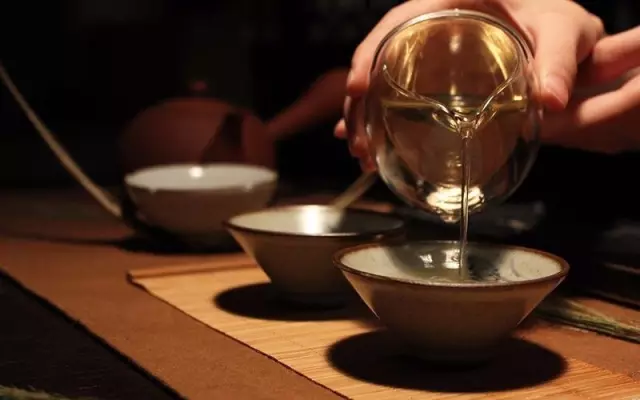White tea, with its simple process of “no frying and no kneading” and the aging characteristics of “one year tea, three years medicine, seven years treasure”, is unique and attractive. Under the suitable storage environment, the contents of white tea undergo slow but continuous physical and chemical changes, which together shape the unique color, aroma, taste and excellent health value of old white tea. The essence of this aging is the result of the synergistic evolution of many core components in tea, and the main pathways can be summarized as follows:
Oxidation and polymerization of tea polyphenols: Bitterness and astringency are reduced, and the soup color turns darker.
Oxidative degradation: catechins (especially ester-type catechins) are gradually oxidized and degraded under the action of oxygen, moisture and temperature. Partially converted to simple catechins (non-ester), significantly reducing the bitterness and irritation of new tea.
Polymerization: The oxidized catechins and their products are further polymerized to form the key color-presenting substances – theaflavins and thearubigins. This is the core driving force behind the evolution of white tea color from light apricot-yellow and yellow-green during the new tea period to orange-yellow, dark yellow, orange-red and reddish-brown.
Trend of total amount: The total amount of tea polyphenols shows a decreasing trend with aging time.
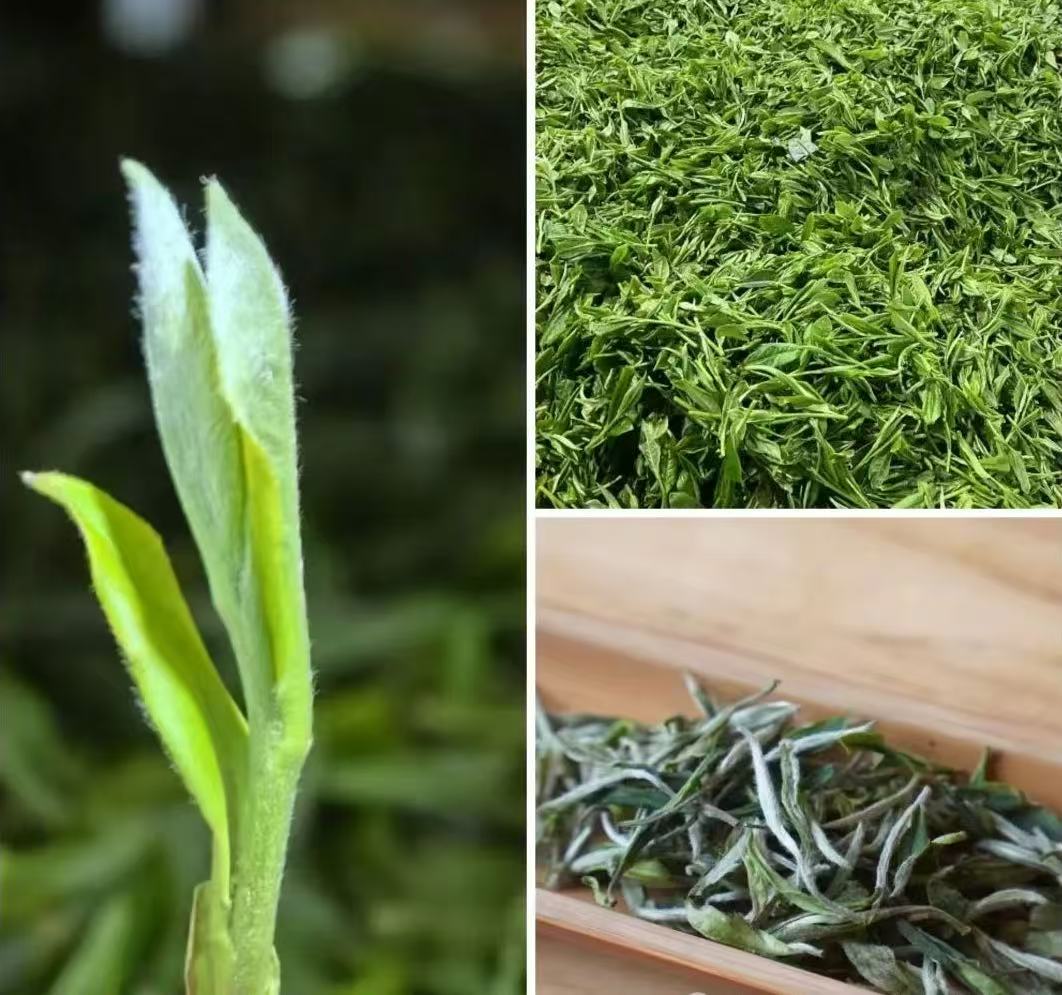
Amino Acid Depletion and Transformation: Evolution of freshness, foundation of aging flavor
Initial depletion: In the early stage of aging (1-3 years), some free amino acids are involved in oxidation reaction or combined with sugar and polyphenol oxidation products, the total amount of amino acids decreases, resulting in a weakening of the characteristic freshness of new tea.
Later generation: With the prolongation of aging time (especially more than 5 years), the proteins in tea leaves are slowly hydrolyzed under enzymatic action or humid and hot environments, releasing new free amino acids again, and the total amount of free amino acids may rebound or tend to stabilize.
Key amino acid dynamics:
L-Theanine (L-Theanine): as the characteristic fresh taste substance of white tea, its content slowly decreases, but its conversion product still contributes to the flavor.
Gamma-Aminobutyric Acid (GABA): its content increases significantly during the aging process, and GABA is one of the key substances that gives old white tea the health benefits of tranquilizing the mind and lowering blood pressure, and is also an important basis for the formation of the unique “aging flavor”.
Caffeine complexation: bitter taste is blunted, mellowed and enhanced
Stabilization of total amount: Caffeine itself is relatively stable chemically, and the total amount does not change much during the aging process.
Bitterness reduction by complexation: Caffeine will form complexes with the oxidized products such as theaflavin and thearubigin which are gradually generated. This complexation can effectively reduce the bitterness and physiological irritation of caffeine, which makes the tea broth of Old White Tea more mellow, smooth and full-bodied.
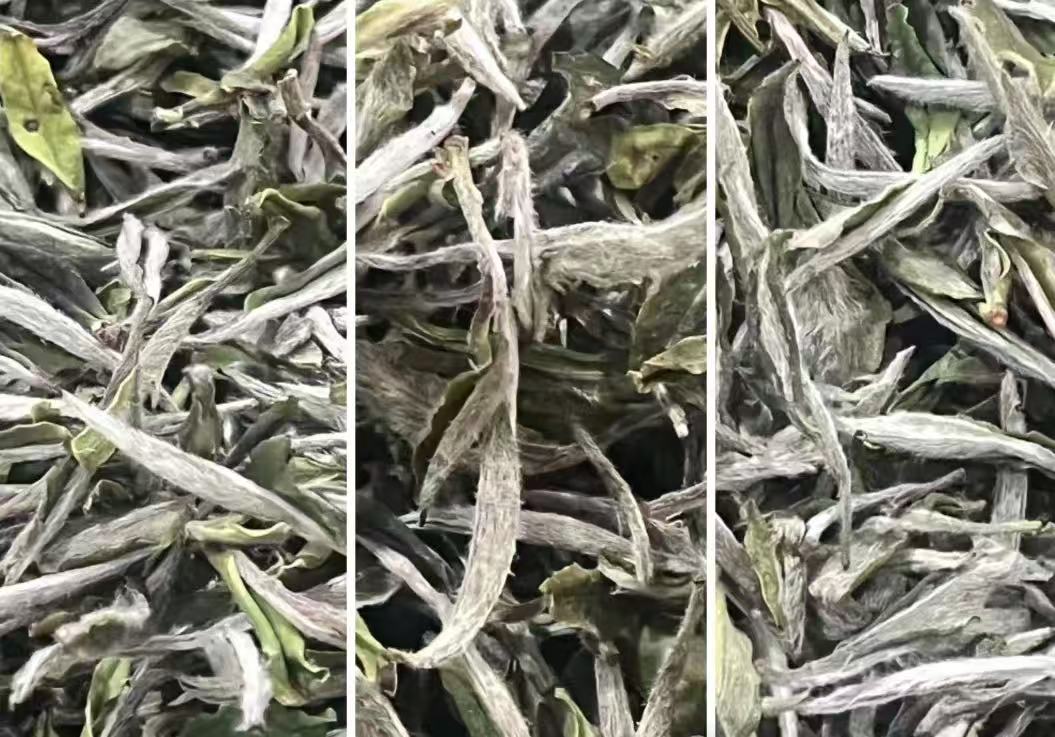
Hydrolysis of sugars: sweet, mellow and smooth, upgrading the taste of the soup.
Increase in soluble sugars: Starch, cellulose and other large molecules of polysaccharides in tea, under the humid and hot environment of long-term storage and weak microbial activity (if the environment is suitable), an extremely slow hydrolysis reaction occurs, resulting in the generation of small molecules of soluble sugars (e.g. glucose, fructose). This is the main source of the significant increase in the sweetness of the tea broth (more pronounced sweetness), mellowness enhancement.
Pectin Hydrolysis: Some pectin substances are hydrolyzed, increasing the viscosity and smoothness of the tea broth.
Flavonoids form revolution: health care jumps up, aging flavor underlying
Relatively stable total amount: Flavonoids (mainly quercetin, kaempferol, populin and their glycosides) are chemically stable, with the total amount decreasing slowly with aging, or even increasing in relative concentration due to the consumption of other substances.
Core Transformation – Glycosidization: This is the most important and valuable change in the aging of flavonoids. Flavonoids in new tea mainly exist in the form of glycosides (e.g. quercetin, rutin). Under the long-term suitable temperature and humidity environment, these glycosides undergo a slow hydrolysis reaction to remove the sugar groups and transform into the free glycoside form (e.g., quercetin, kaempferol) with higher bioactivity and bioavailability.
Conversion significance:
Health value leap: free flavonoid glycosides (especially quercetin) are potent antioxidants, free radical scavengers, with significant anti-inflammatory, anti-allergic, cardiovascular protection (lowering blood lipids, enhancing vascular elasticity), anti-tumor and other activities. Glycosidation is one of the core biochemical bases for the health value of “three-year medicine, seven-year treasure”, and synergizes with GABA and tea polyphenol conversion products.
Contribution to flavor: Free sapogenins have a subtle but persistent bitter bottom and sweetness, which is an important part of the old white tea’s mellow, sweet, layered feeling and “old rhyme”.
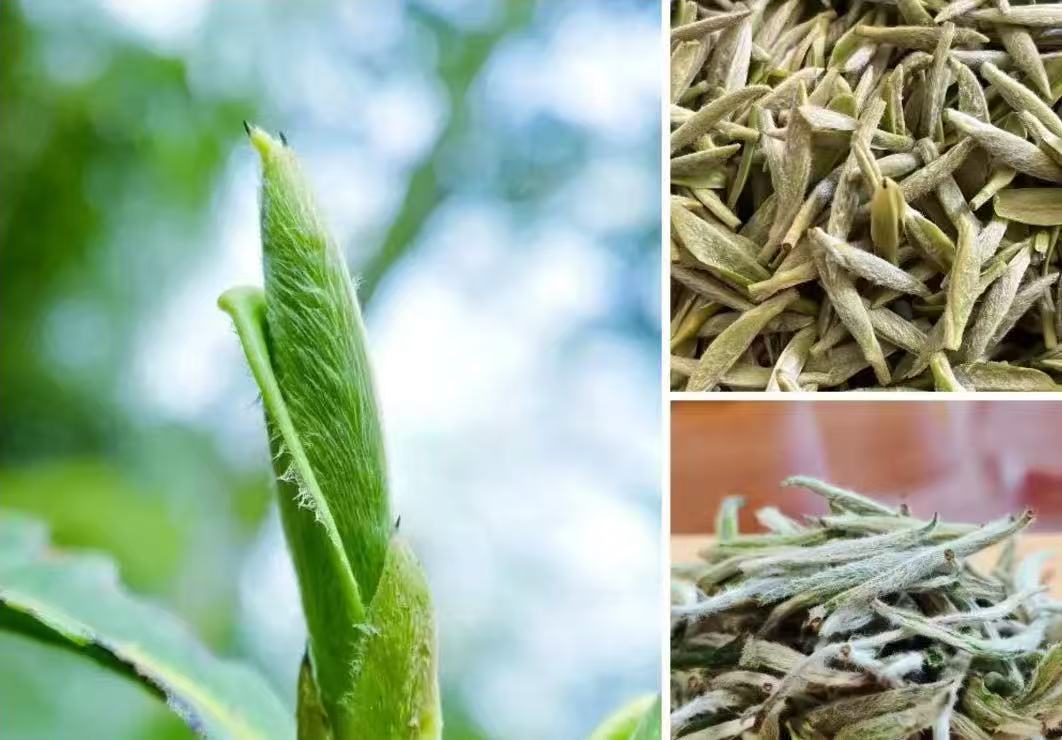
Complex Evolution of Aroma Substances: Fading of New Aroma, Debut of Aged Aroma
Dispersal of low-boiling-point substances: The low-boiling-point substances (e.g. green leaf alcohol) in new tea, which have grassy, clean and fresh aroma, are gradually volatilized and reduced.
Oxidation and degradation: Some aroma substances are oxidized or degraded to form new compounds.
Key Reaction Generation – Meladic Reaction: This is the most important way to form the signature aroma of old white tea. A complex non-enzymatic browning reaction (Meladic reaction) occurs between free amino acids (especially those generated by late hydrolysis) and reducing sugars under warm and hot conditions, producing a large number of pyrazines, pyrroles, furans and other compounds. These substances contribute to the typical jujube aroma of old white tea (Shou Mei/Gong Mei is common), plum aroma, medicinal aroma, lotus aroma, aged aroma, honey aroma and so on.
Other contributions: degradation of carotenoids may produce zirolone, which is a floral and fruity aroma; degradation of lignin contributes to woody aroma and aged aroma; and extremely weak microbial activities may also be involved in the synthesis of special fungal aromas under specific micro-ecological environments.
Synergistic changes in other substances
Organic acids: the content may increase slightly, helping to harmonize the taste and make the tea soup more mellow.
Vitamins: e.g. Vitamin C, which gradually decreases under oxidation.
Mineral elements: remain basically stable.
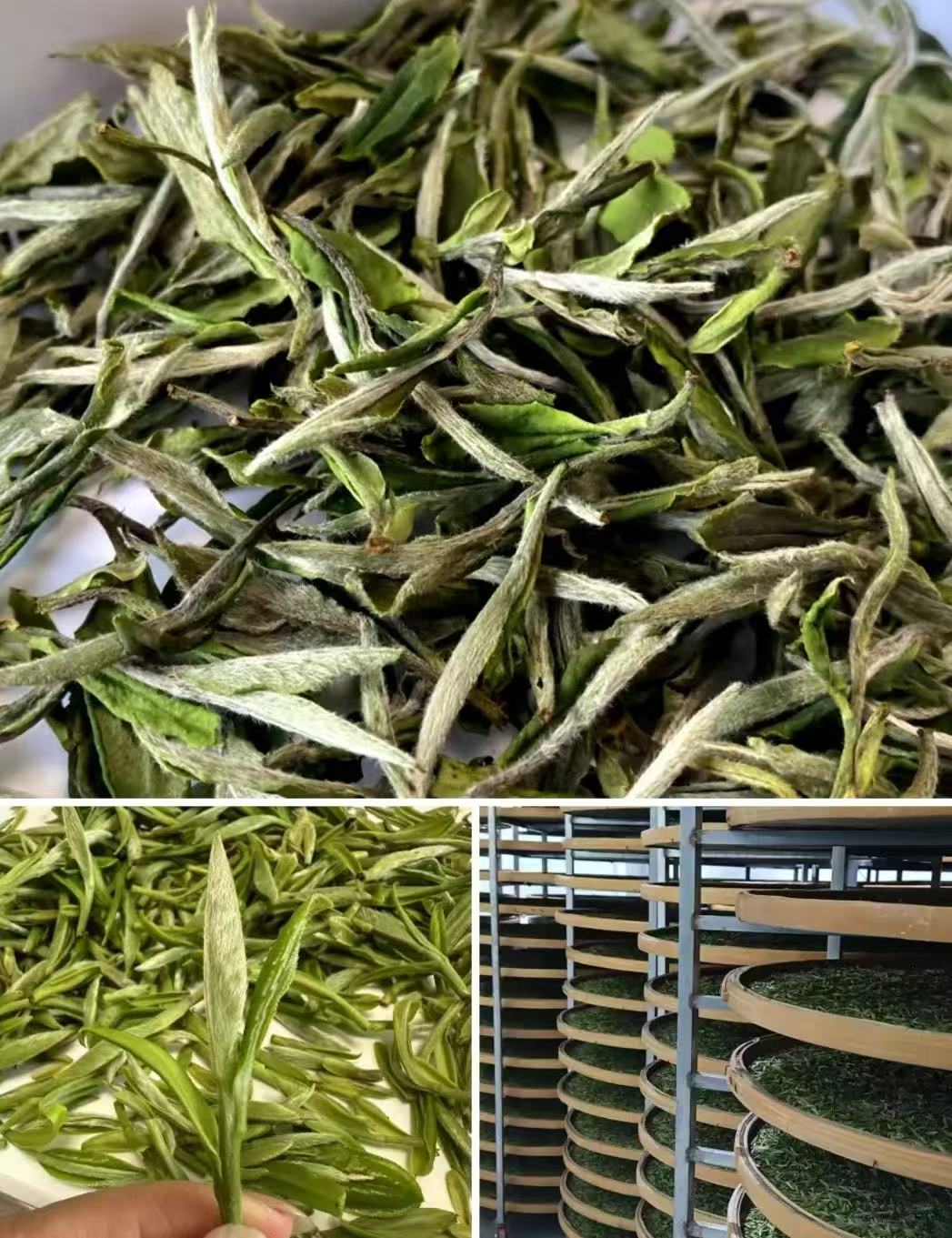
The overall shaping of white tea quality by aging
Appearance: dry tea color from gray-green, dark green, emerald green → yellow-brown, brown-brown, dark brown; white hair from silver-white → silver-gray.
Soup color: from light apricot-yellow, yellow-green → orange-yellow, dark yellow, orange-red, reddish-brown (clarity is usually well maintained).
Aroma: from fragrance, fragrance, fresh flower → Chen, medicine, date, plum, honey, lotus (more calm, introverted, fragrant).
Taste: from fresh, sweet, slightly astringent → mellow, sweet, smooth, full (the bitter and astringent feeling disappears, and the sweetness and taste is long lasting).
Leaf base: from soft green, yellowish green → yellowish brown, brownish brown (the texture varies according to the grade and conditions).
The key to the birth of high-quality old white tea:
High-quality raw materials are the foundation: tea varieties, core production areas, picking grade, and the quality of the raw materials themselves are the material basis for transformation.
Exquisite craftsmanship is the foundation: sufficient withering and drying in place (controlling the initial moisture content of ≤8.5%, long-term storage is recommended 5-6%), laying the foundation for the subsequent benign transformation.
Scientific storage is the core:
Water content control: the core element! Excessive (>7%) will easily lead to mold and deterioration.
Sealed and protected from light: moisture-proof, odor-proof, light-proof (accelerated deterioration). Recommended use of aluminum foil bags, tin cans, porcelain jars with good sealing, or alabaster jars (need to be placed in a dry environment) with a sealed bag.
Stable environment: temperature at room temperature (20-30 ° C) is appropriate, to avoid drastic fluctuations; relative humidity control at 40% -60% (up to 70%), the South need to be especially moisture.
Clean and odorless: stay away from items or environments with odors.
Time to precipitate the true flavor: transformation is a slow and continuous process. Usually more than 3 years to show the characteristics of “old tea”, 5-7 years into the better drinking period. There is a theoretical optimal drinking period (varies from tea to tea, it is generally believed that the flavor and efficacy of about 10-20 years to achieve a good balance), not indefinitely the more aged the better.
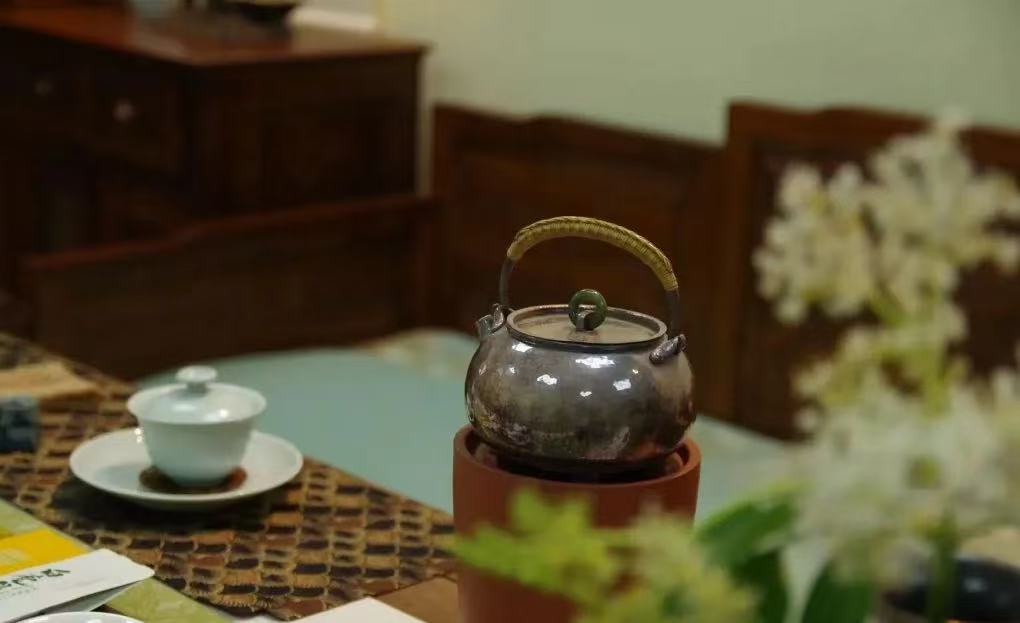
The aging of white tea is a complex biochemical symphony co-directed by oxidation, polymerization, hydrolysis and other reactions. The perfect presentation of all these changes depends on the excellent raw materials, in place technology, and the most critical – dry, sealed, light, constant temperature and humidity, clean and odorless scientific storage environment. Understanding these internal changes in the way, can truly understand the white tea “aged and fragrant” mystery and value.
